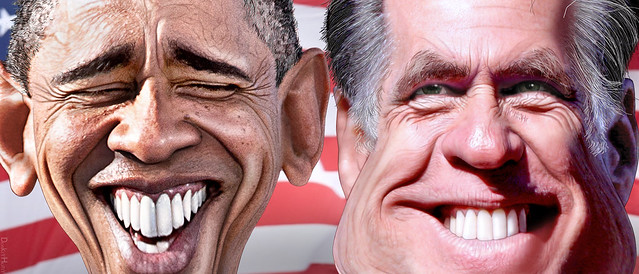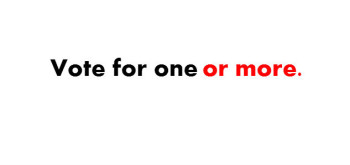
Why Approval Soon Homes In on the Voter Median Position, and Then Stays There
by Michael Ossipoff
I’d like to discus two related topics:
1. Why Approval Soon Homes In on the Voter Median, and Then Stays There
2. Voter-Median-Estimate Strategy
1. Why does Approval go to voter median?
I’ve said that Approval will quickly home in on the voter-median and then stay there. On the Electorama election-method forum where experts discuss election methodology science, some years ago, several people demonstrated why that is so. The demonstration that I give below might very well be similar to one of those. Myerson & Weber demonstrated it in a different way. The demonstration in this posting is brief.
 Suppose that people are voting strategically. That means they are effectively using better-than-expectation strategy, of which the various Approval strategies are special cases and implementations. Suppose, at least at first, that a voter’s perception of his expectation in the current election is the utility (merit) of the winner of the previous election. That’s a reasonable first guess about what to expect. In other words, the merit of last election’s winner is the measure of how good the voter expects the current election’s result to be.
Suppose that people are voting strategically. That means they are effectively using better-than-expectation strategy, of which the various Approval strategies are special cases and implementations. Suppose, at least at first, that a voter’s perception of his expectation in the current election is the utility (merit) of the winner of the previous election. That’s a reasonable first guess about what to expect. In other words, the merit of last election’s winner is the measure of how good the voter expects the current election’s result to be.
Say the winner, W, of the 1st Approval election is some distance to the right of the voter-median. Of course each voter will approve everyone who is closer to him/her than W is. A majority of the voters are to the left of W. That means that a candidate only just to the left of W will get more approvals than W will, and will get more than anyone who is to the right of W.
For some candidate to the left of W, s/he will, of course, get approvals from everyone to the left of him/her. And, to his/her right s/he’ll get approvals from voters up to halfway to W. Obviously the nearest candidate to the left of W will win. So it looks as if the win will move leftward, one candidate per election, eventually reaching the voter-median. It will get to the voter-median, but it looks like a slow process. This is only if at first, the continuum is thick with candidates and second, if the voters really consider the utility of W to be what they expect in the current election.
When the win starts moving left, there will be no particular reason to expect it to stay the same, from one election to the next. A person would expect it to be somewhat to the left of where it was last time, because that’s the way that it’s moving. That farther left expectation will mean that the win moves farther this time. And that, in turn will make people expect a similar move next time, further accelerating the leftward movement. So, the movement toward the voter median will keep accelerating, and the arrival at the voter-median will be much sooner than the above two assumptions would imply. Q.E.D. (That means “as was to be demonstrated”)
2. Median-Estimate Strategy
Now, consistent with, but more than, the better-than expectation strategy, a person, instead of just voting according to his/her feel for what s/he expects, might want to go by his/her feel about where the voter median is, and approve down to the voter median. The voter median would be the best that s/he could get, if everyone knew where it is. S/he doesn’t really know where it is, but s/he can guess.
If his/her guess is accurate, and if others use that strategy and make the same guess (as they would if it’s correct and they’re as good guessers as s/he is), then that’s where the win will be. That’s why I say that this median-estimate strategy is consistent with better-than-expectation strategy. In any case, the win will soon be at the voter-median, for the reasons described above.
—-
Thank you for your interest in voting systems. Please take a look at some of my previous articles on Democracy Chronicles. I want to particularly draw your attention to the Ranked Presidential poll which allows the voter to list in order who they like in relation to the other parties. It can be found here.

Adrian Tawfik says
A classic piece of Ossipoff writing.